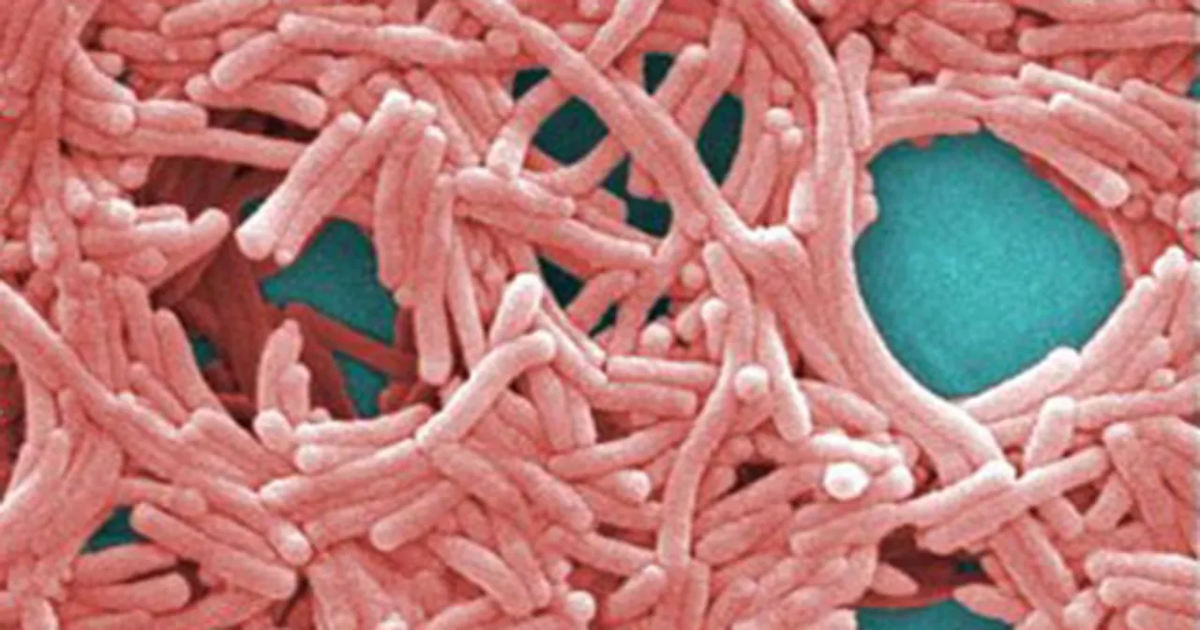CHICAGO – A growing outbreak of Legionnaires’ disease in New York is raising urgent public health concerns as health officials confirm around 60 cases in the area.
The disease, a serious form of pneumonia caused by Legionella bacteria, is believed to be linked to contaminated water systems.
To understand the risks and response, FOX 32 Chicago spoke with Dr. Nandita Nadig, a physician at Northwestern Memorial Hospital in Chicago, who helped break down the key facts around the illness and the current outbreak.
What Is Legionnaires’ Disease?
What we know:
“Legionnaires’ disease is essentially a severe form of pneumonia caused by a bacteria called Legionella. And unlike, you know, other cases of pneumonia that are spread by person-to-person contact, this is because of inhalation of water vapor. And you know, in this particular case in New York City, it seems like it is due to a water system that’s affected a number of people at this point in time,” said Dr. Nadig.
Unlike typical pneumonia, it isn’t transmitted through human contact. Instead, the illness spreads through inhalation of water vapor from contaminated sources.
“So it could be water at their homes, or it could be large buildings, so water tanks, swimming pools. Anywhere you have warm and stagnant water that’s not disinfected properly is a harbinger of this bacteria,” she added.
Why the Outbreak Is Spreading
What they’re saying:
Investigators believe the current Harlem outbreak may have stemmed from a building’s cooling system.
Legionella thrives in warm, untreated water, especially during the summer months. Large urban areas with aging infrastructure are particularly vulnerable.
Building owners and property managers are being urged to perform routine maintenance and disinfection of water systems, which Dr. Nadig says is typically “all that’s required” to eliminate the bacteria.
Who’s Most at Risk?
What we know:
While most healthy adults recover fully, Dr. Nadig stressed that older adults and those with underlying health conditions are more vulnerable to serious complications.
“It’s folks that are elderly, ages over 50 to 60, folks that have a smoking history or are current smokers, folks that have chronic lung diseases, be it COPD or other fibroidic lung diseases. Patients or folks that have immune system issues, or on medications that can lower their immunity. Those are all people that have a higher risk of having complications from this disease,” said Nadig.
What Are the Symptoms?
Big picture view:
If you’ve been exposed to potentially contaminated water, watch for flu-like symptoms such as fever, chills, muscle aches, and headaches.
If symptoms don’t improve within 48 hours, contact your doctor and mention the exposure.
To prevent infection, it’s important to ensure water systems are regularly cleaned and properly maintained.
“The incubation period of this particular bacteria is about 10 to 14 days. So you could develop symptoms 10 days or 14 days after the initial episode,” said Dr. Nadig. “But I’d say once you have symptoms, about 48 hours, and if things aren’t getting better, that’s when I would go to the primary care physician.”
How Is It Treated?
What we know:
Legionnaires’ is often considered an “atypical pneumonia” because its symptoms may appear slowly and worsen over time. But the good news: it’s treatable.
“Thankfully, there is a very effective treatment if caught early, and it’s an antibiotic for about five to seven days or so,” said Dr. Nadig. “So there’s a very effective treatment if it’s caught early and treated appropriately. And if you want to go to your physician with these symptoms, you might have a physician do a chest x-ray. You know, they might do some urinary testing, they might do some sputum testing to confirm the diagnosis. But typically it’s a clinical diagnosis sort of in the clinical setting. You know if you have symptoms, if you’re at exposure, and if the risk is high enough, then you treat and then you wait for testing.”
What Can You Do to Protect Yourself?
Why you should care:
While individuals can’t always control public water systems, awareness is key, especially if you’ve been exposed to potentially stagnant water sources.
Advocacy for building maintenance standards and personal vigilance after potential exposure remain critical.
As health officials in New York work to contain the outbreak, Dr. Nadig emphasized that Legionnaires’ is not a cause for panic, but for preparedness and timely response.
The Source: The information in this article came from an interview with Dr. Nadig on ChicagoNOW.
ChicagoNOWNewsChicagoHealthNew York
